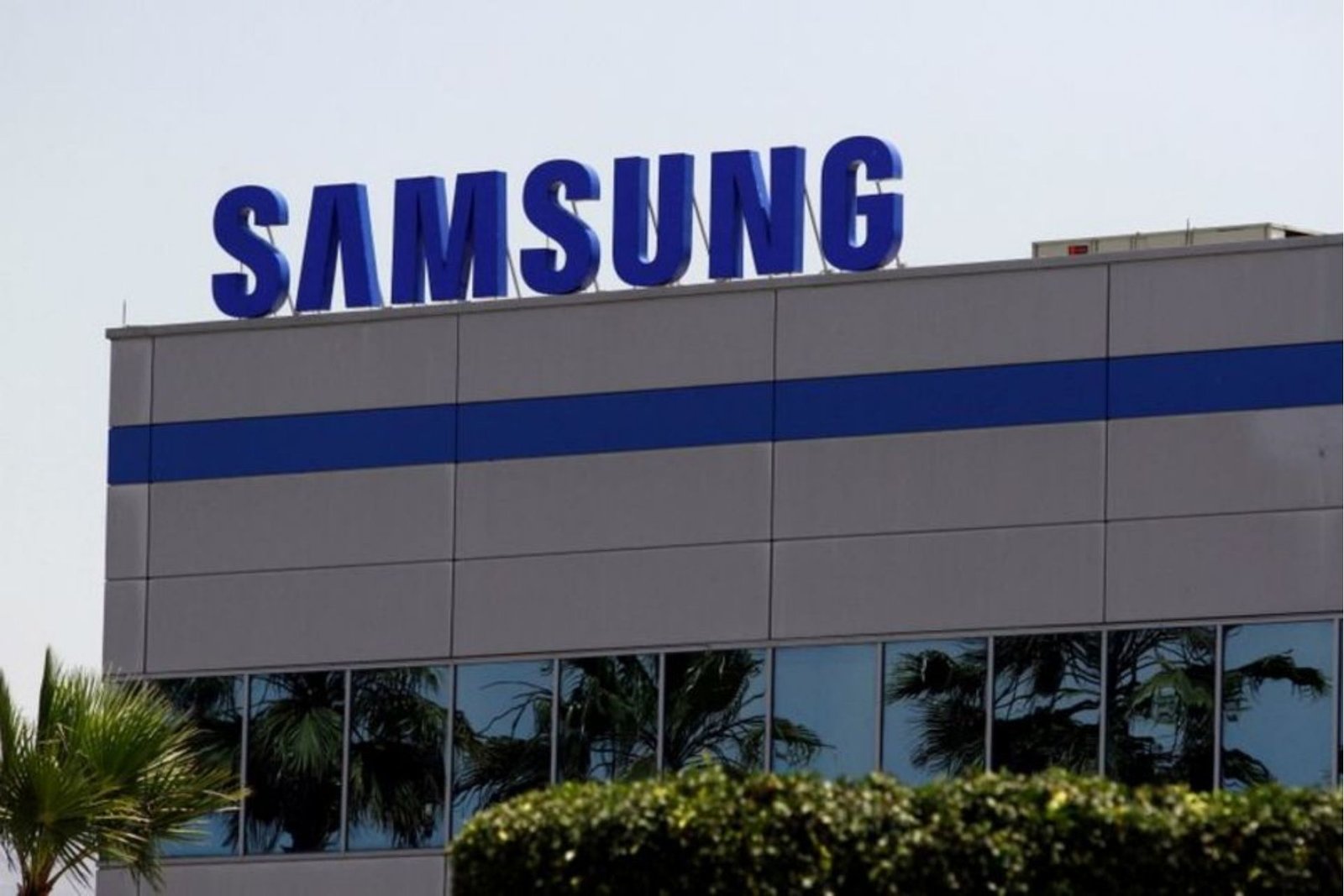
Table of Contents
July 4 EST: The U.S. government has cleared GE Aerospace to resume jet engine shipments to China’s COMAC, a shift that pulls a key lever in the reset of strained U.S.–China industrial ties and puts one of China’s most ambitious aerospace projects back on track.
After two months in limbo, GE received word on Thursday, July 3, that it could restart exports of its LEAP‑1C and CF34 engines—both essential to COMAC’s C919 and C909 aircraft programs. The Commerce Department’s decision effectively reverses a May suspension that had frozen one of the most sensitive nodes in the cross-Pacific supply chain.
When Supply Chains Become Strategy
This isn’t just about engines. It’s about leverage. In May, Washington yanked GE’s export licenses in response to China’s clampdown on rare earth exports—a resource Beijing has long treated as both economic asset and geopolitical pressure point. The tit-for-tat left COMAC staring down the barrel of a stalled production line and GE wondering what came next for its foothold in a market that still matters, despite the politics.
With the suspension now lifted, both sides are recalibrating. For GE, the move brings short-term certainty to a program that delivers real revenue and long-term positioning in one of the only growth markets left for commercial aerospace. For COMAC, it means the C919—China’s answer to the Boeing 737 and Airbus A320—can get back to work after months of quietly managing delays.
Quiet Thaw, Not Full Reset
This isn’t détente, but it is direction. The license renewal comes as part of a broader U.S.–China trade cooling effort. Over the last few weeks, both governments have made careful concessions—Beijing easing rare earth quotas, Washington rolling back curbs on chip-design tools and petrochemical exports.
None of this is happening in a vacuum. With election-year volatility brewing in the U.S. and China doubling down on industrial self-reliance, neither side wants to be seen as backing down. Still, the quiet reopening of trade valves suggests a recognition of mutual exposure: Washington needs stable supply chains; Beijing needs time and tech to scale up.
For COMAC, a Critical Break
Without access to the LEAP‑1C, COMAC’s C919—already years behind Boeing and Airbus in both performance and market trust—was running out of room. The engine, co-developed by GE and Safran, isn’t just a part. It’s the heart of the aircraft’s promise: Western-grade propulsion paired with domestic airframe ambition.
The CF34, used in COMAC’s regional C909, plays a similar role. While the C919 is supposed to compete globally, the C909 is aimed at locking down China’s internal routes and regional reach. Both programs stalled when the licenses were pulled. Now, they’re in motion again.
According to industry contacts cited by Reuters, other key suppliers—Honeywell, Collins Aerospace—could also see clearance soon, though no timelines have been confirmed. Without them, COMAC’s jets won’t fly. It’s not just engines; it’s avionics, landing gear, power units.
Wall Street Watches July 9
Investors and OEMs alike are watching the July 9 trade milestone, the next checkpoint in the broader U.S.–China industrial talks. That date marks the end of a quiet pause agreed between negotiators to allow for license reviews and tech transfer assessments. Whether the Commerce Department moves beyond GE’s case will tell markets whether this is tactical or systemic.
For now, the signal to the Street is this: GE’s aerospace pipeline to China is back online, at least temporarily. That doesn’t mean the risk is gone—but it means the doors haven’t slammed shut.
A Sector That Mirrors the Stakes
Aerospace is where national pride and market math collide. It’s a sector that moves slowly but speaks volumes. When the U.S. blocks engines, it’s not just about trade—it’s about trust, control, and the future of strategic technology.
With this reversal, the Biden administration appears to be threading a needle: pushing back on China’s industrial policies while trying not to overplay its hand. COMAC may be state-backed, but the jetliners it’s building will fly into global markets, and GE—and its shareholders—want a seat on that plane.
For now, that seat is secure. Whether it stays that way will depend on what happens after the next policy turn—and how long both sides can stomach the balance between competition and codependence.
New Jersey Times Is Your Source: The Latest In Politics, Entertainment, Business, Breaking News, And Other News. Please Follow Us On Facebook, Instagram, And Twitter To Receive Instantaneous Updates. Also Do Checkout Our Telegram Channel @Njtdotcom For Latest Updates.




